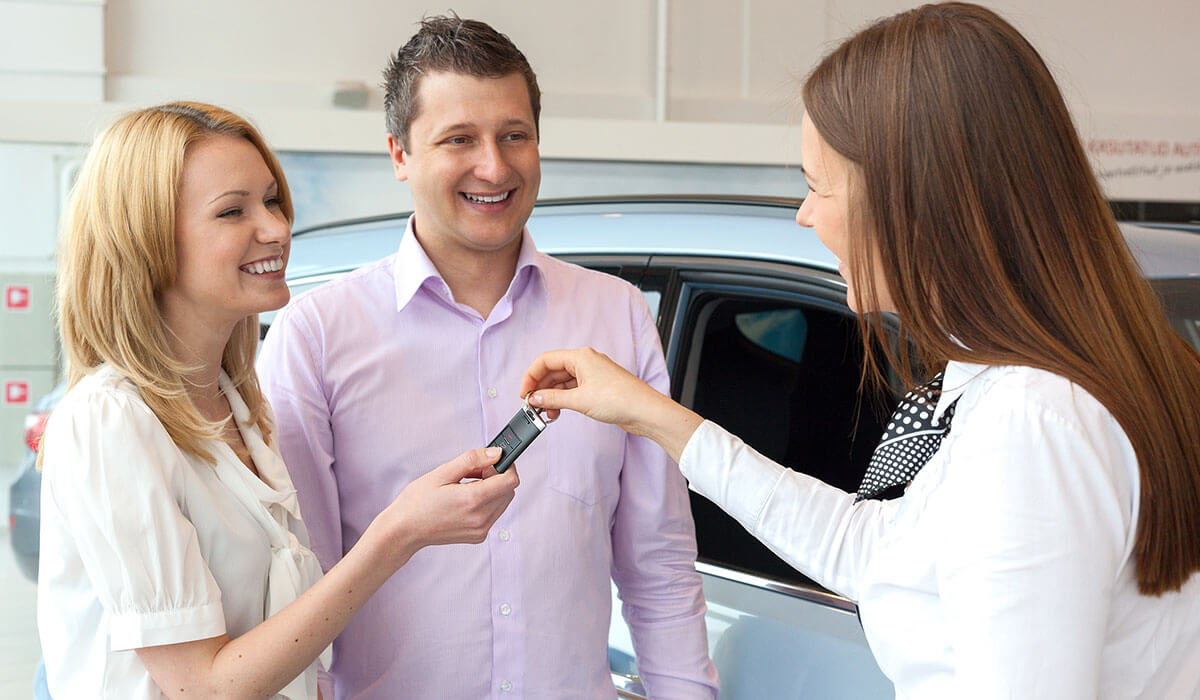MediadigitalX founder Simon Van Wyk said one of the primary reasons that the car-buying experience is unchanged for 40 years is that automotive marketers have never bought a car and so fail to understand what the consumer wants.
Speaking to GoAutoNews Premium after a packed-out presentation at the Mumbrella Automotive Marketing Summit, Mr Van Wyk said car dealers should be on a similar customer-focused road as Apple.
He said the car-buying experience fails to recognise the job the customer is trying to do.
“It’s about selling cars and not being sensitive to the needs of the buyers,” he said.
“It’s part of the reason that 70 per cent of people swap brands. The process is overly complex, time-consuming and involves too many dealer staff.
“By comparison, Apple can sell me a phone or app just by recognising my email address,” he said.

In exploring the car-buying experience, Mr Van Wyk – who was responsible for the world’s first online car purchasing system through Toyota Australia in 2000 selling the Prius – visited 18 different dealerships with the same request: I want to test drive a car and I have a trade-in.
“I always started the journey on the dealer website and then I followed the process through in enormous detail,” he said.
“I had a few rules – if no-one phones me back in five days after submitting a lead then I assumed they didn’t want anything to do with it and that if I went to a meeting (at a dealer) without attention for more than 15 minutes, I left.
“I got a real insight into what goes on for people looking for a car.
“I then found myself actually needing to buy a car – in a hurry. My wife had been loaned a car with driver assist technology so I knew exactly what I wanted. I just wanted it as quickly as possible.”
Mr Van Wyk said he had no need to test drive a car.
“I tried a lot of avenues to get a car and no-one could give me what I wanted. I was driving home one day and there was a poster in a dealer’s window saying it had the car I wanted.
“I went into the dealership, said I wanted the car and was told there were only two left. I asked what colours and he said blue and red. I rang my wife and told here they had red or blue, she told me to wait while she looked at the carpark, she came back to me and said ‘all the cars are blue, so get a red one’.”

Mr Van Wyk said he then “fell into this really weird process that the dealer expected all customers to follow”.
“What the dealer does well is invest in people and for most, the people are are really good,” he said.
“They are generally well trained, polite and can be helpful. But against this is the process of the dealership that is being inflicted on the customer.
“Most of this is geared by technology that doesn’t exist to help the customer at all. This includes the stuff the dealer has bought such as the content management system, CRM, DMS and so on. Those things, on their own, do not actually do anything.
“Those things exist to sell cars, not to help customers.
“A lot of initiatives have gone backwards because they’ve been handed over to the Germans or the Japanese and so we’ve got a lot of global initiatives.
“Every site globally looks the same, works the same and operates the same – whereas the customers and the dealer experience, the sales experience is actually very local. It’s done around the corner from your home.”
He said that despite millions and millions of dollars in technology, a lot of the relationship with the customer is actually getting worse.

Mr Van Wyk said his experience – independent of the brand – is that the customer arrives at the dealership for a test drive after having registered interest in a car on the dealer’s online site and filled in all the personal details on a form.
“Chances are that the car is not ready – though sometimes they are – and the first thing they do is ask for your driver’s licence and give you a form to fill out,” he said.
“You’ve already booked it with your name and all of a sudden you have to do it again. The salesman can’t do it – he has to introduce you to the business manager who then takes your licence and fills out the form.
“You go on the test drive and return to find that the car that you left to be valued has not been valued. Then you have to talk to the used-car manager who does the valuation and then the salesmen you first met has come back and wants to do the deal. When it comes to finance, you have to repeat everything you did before.
“Then, when the car is ready, the dealership said I had to come and collect it. I said I was only free on weekends. I was told that wasn’t possible because it has to be done during the week and that I had to book an appointment.
“When I picked up the car, it had a ribbon and bow around it. That’s all very nice but all I wanted was to pick up the car at my convenience. I would have been just as happy with them parking it on the street so I could drive away.
“Or, could they deliver it to my home.”
So what is the answer?

He said that dealers need to think about the different segments coming into the dealership.
“The segments are largely about circumstance – why is the customer there and what can be done to facilitate the process,” he said.
He said that dealership staff need to be able to think about the job the customer is trying to do rather than work on selling a car.
Mr Van Wyk then compared his car-buying process with getting a new iPhone from an Apple store.
“When you go to Apple and want to buy something, they ask for your email address and immediately they know you,” he said.
“They know what other Apple items you own and what you buy, and so if you want to buy something, you are connected so you buy on your iTunes account.
“They have taken all the friction out of the system.
Mr Van Wyk said that in a perfect world – or perhaps the way it should be – the customer would go online, select the car, upload the finance option and fill in the necessary form, and then get a price for the car you will trade in.
“Then the dealership would process all this, get the finance organised, get the car ready and registered, and then would ring the customer and say the car is ready,” he said.
“You wouldn’t go to the dealership until the car was ready. Even better, they would deliver it to you.
“But they don’t do that and this is leading to less people turning up at dealerships – despite dealers spending a fortune on showrooms, most people keep this contact to a minimum – because it is a hassle to go to a dealership”.
“The thing is: The dealer is already online. But the automotive industry has equipped itself with every bit of technology you can buy except they haven’t really implemented it well.
“Part of this is because few – if any – of the people working in a dealership have ever bought a car.”
When asked if refining the car-buying process and concentrating on the customer would save the dealer money and increase profits, Mr Van Wyk said ‘‘yes’.
“I’m sure they would sell more cars. I dropped out of the (car-buying) process twice because it was so painful,” he said.
“I kept the (previous) car for six years when I would have been happy to get a new one after three. I don’t think I’m alone.”
By Neil Dowling













 Read More: Related articles
Read More: Related articles

